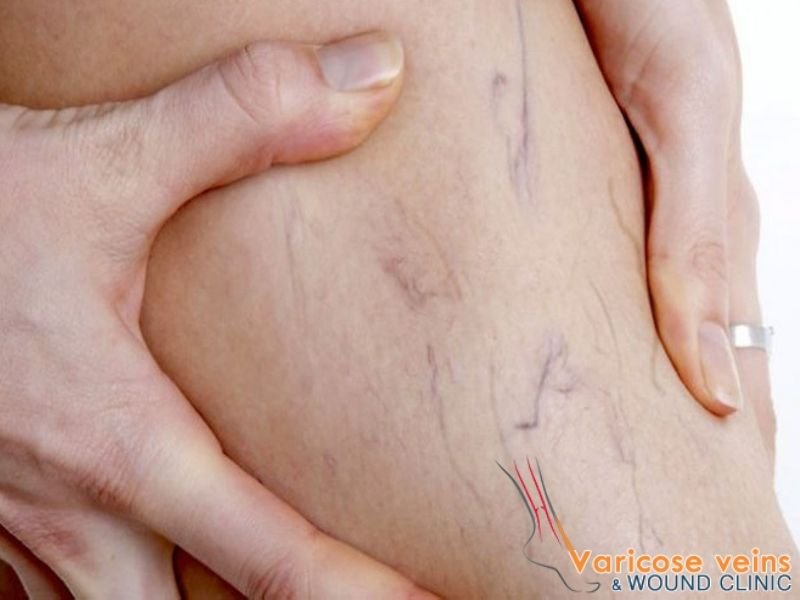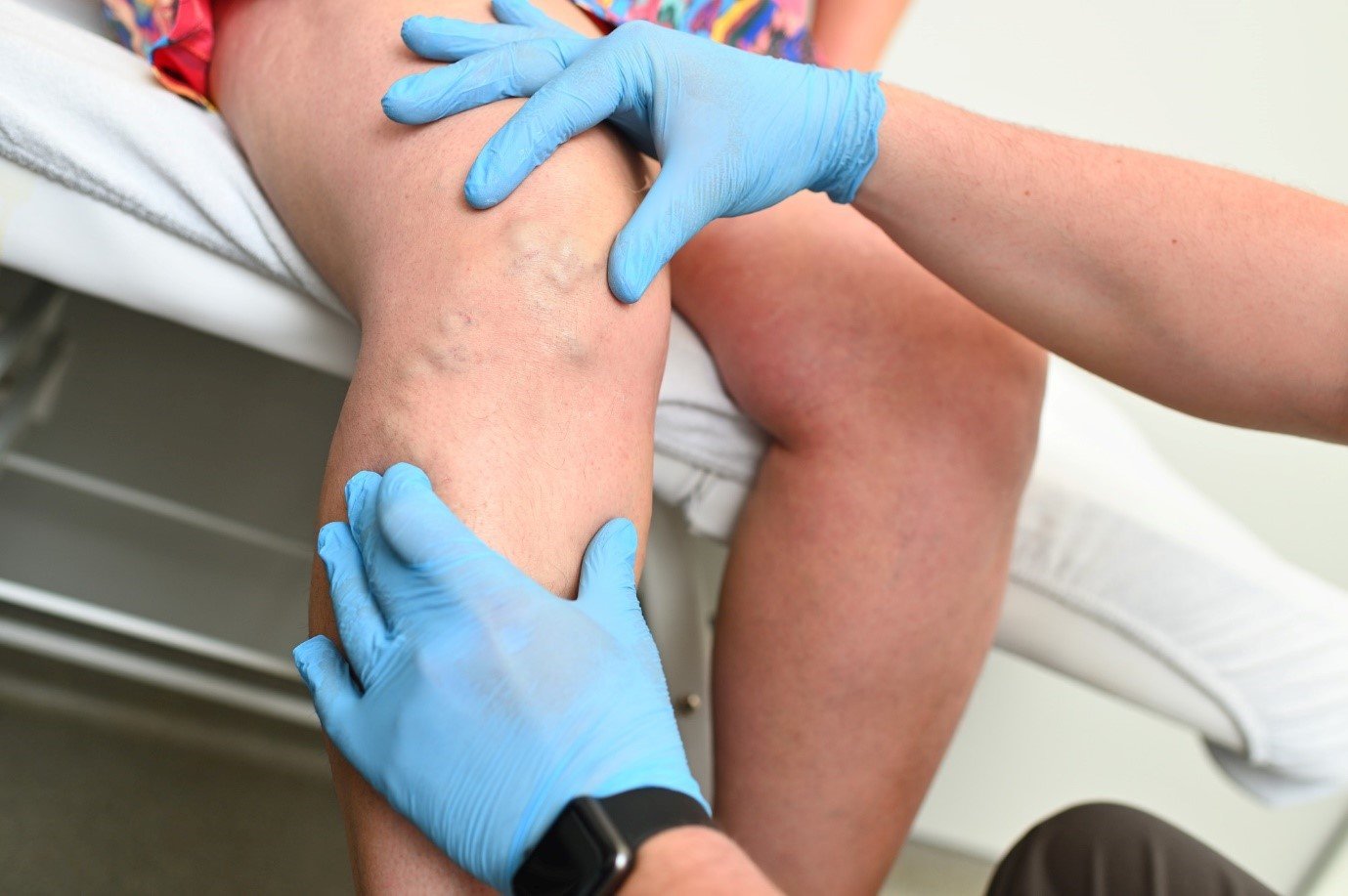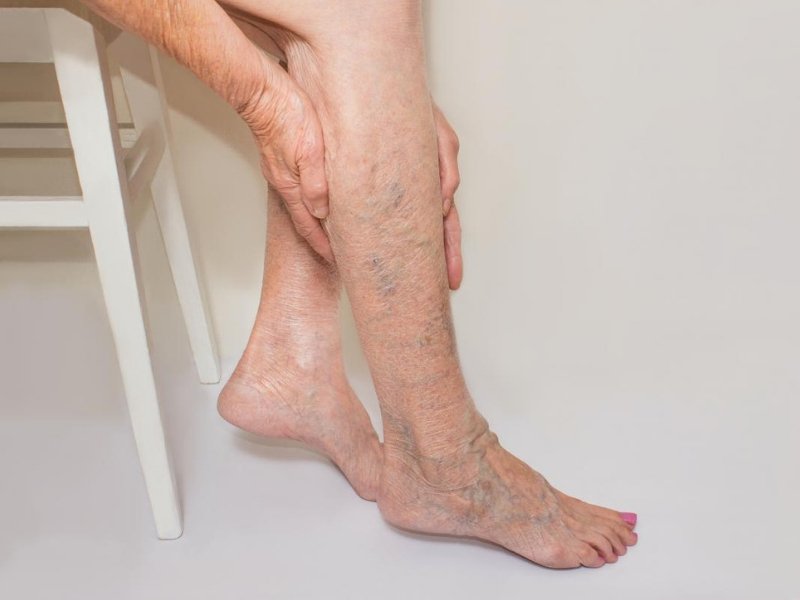Varicose veins are a common vascular condition that affects both men and women. However, men are often overlooked when it comes to discussions about varicose veins. While women may be more prone to developing this condition, men are not immune to its effects. In this article, we will explore the causes, symptoms, and treatment options for varicose veins in men.
1. Introduction to Varicose Veins
Varicose veins are enlarged, twisted veins that usually occur in the legs. They are caused by weakened or damaged valves within the veins, which leads to poor blood circulation. This condition can result in discomfort, pain, and aesthetic concerns.
2. Understanding the Causes
The primary cause of varicose veins in men is a condition called chronic venous insufficiency (CVI). CVI occurs when the valves in the veins become weak or damaged, allowing blood to flow backward and pool in the veins. The following factors can contribute to the development of varicose veins in men:
- Age: As men age, the risk of developing varicose veins increases.
- Family History: A family history of varicose veins can predispose men to this condition.
- Obesity: Excess weight puts additional pressure on the veins, leading to their weakening.
- Sedentary Lifestyle: Lack of physical activity can impair blood circulation and increase the risk of varicose veins.
- Occupational Factors: Jobs that require prolonged periods of standing or sitting can contribute to the development of varicose veins.
3. Identifying the Symptoms
Men with varicose veins may experience various symptoms, including:
- Visible bulging veins
- Swelling and heaviness in the legs
- Pain or aching sensation
- Itching or skin irritation around the affected veins
- Muscle cramps or restless legs
4. Risk Factors for Men
While varicose veins can affect anyone, certain factors increase the risk for men. These include:
- Age: The risk of developing varicose veins increases with age.
- Genetics: Family history plays a role in determining susceptibility to varicose veins.
- Hormonal Changes: Some hormonal imbalances or medical conditions can increase the risk.
- Obesity: Excess weight puts additional strain on the veins.
- Occupation: Certain jobs that involve prolonged sitting or standing can contribute to varicose veins.
5. Seeking Medical Evaluation
If you suspect you have varicose veins, it is important to seek medical evaluation. A healthcare professional specializing in vascular conditions can assess your symptoms, perform diagnostic tests, and recommend appropriate treatment options.
6. Treatment Options
There are several treatment options available for varicose veins in men. The choice of treatment depends on the severity of the condition and individual circumstances. Some common treatment options include:
– Lifestyle Changes
Adopting a healthy lifestyle can help manage varicose veins. This includes regular exercise, maintaining a healthy weight, avoiding prolonged periods of sitting or standing, and elevating the legs when resting.
– Compression Therapy
Wearing compression stockings can help improve blood flow and alleviate symptoms. These stockings provide gentle pressure on the legs, reducing the pooling of blood in the veins.
– Sclerotherapy
Sclerotherapy involves injecting a solution directly into the affected veins. This solution causes the veins to collapse and eventually fade away.
– Endovenous Ablation
Endovenous ablation is a minimally invasive procedure that uses heat or laser energy to seal off the affected veins. This redirects blood flow to healthier veins, improving circulation.
– Surgical Procedures
In severe cases, surgical procedures such as vein ligation and stripping may be recommended. These procedures involve removing or tying off the affected veins to restore proper blood flow.
7. Preventive Measures for Men
To prevent varicose veins or reduce their severity, men can follow these preventive measures:
- Regular exercise to improve leg muscle strength and circulation.
- Maintaining a healthy weight to avoid excess strain on the veins.
- Avoiding prolonged periods of sitting or standing.
- Elevating the legs whenever possible to reduce blood pooling.
- Wearing compression stockings if at risk or experiencing symptoms.
8. Conclusion
Varicose veins in men can cause discomfort and affect their quality of life. By understanding the causes, identifying the symptoms, and exploring the available treatment options, men can take proactive steps to manage this condition. Seeking medical evaluation and adopting preventive measures can help prevent the worsening of varicose veins and alleviate symptoms.
9. FAQs
Q1: Are varicose veins only a cosmetic concern for men?
A1: No, varicose veins can cause symptoms such as pain, swelling, and discomfort in men.
Q2: Can exercise worsen varicose veins in men?
A2: No, regular exercise that includes low-impact activities can actually improve blood circulation and alleviate symptoms.
Q3: Can varicose veins be completely cured?
A3: While treatment can help manage varicose veins, it may not guarantee a complete cure. However, symptoms can be significantly reduced.
Q4: Are there any natural remedies for varicose veins in men?
A4: While natural remedies may provide temporary relief, they are not proven to eliminate varicose veins. It is best to consult a healthcare professional for appropriate treatment.
Q5: Can men develop varicose veins in other parts of the body?
A5: Although varicose veins most commonly occur in the legs, they can also develop in other areas such as the pelvic region or scrotum.




